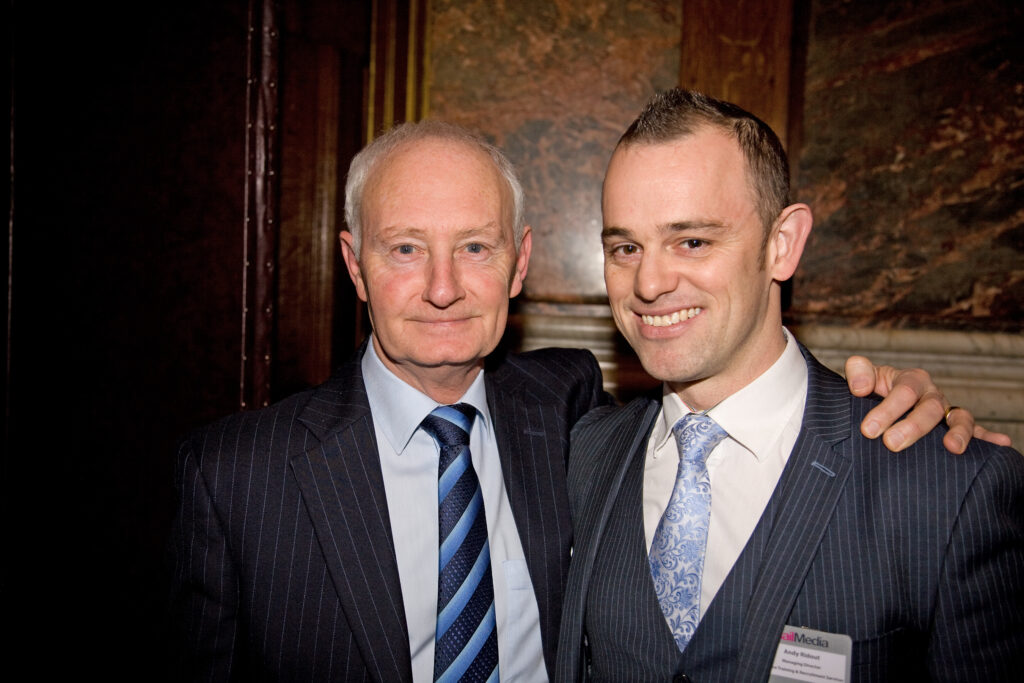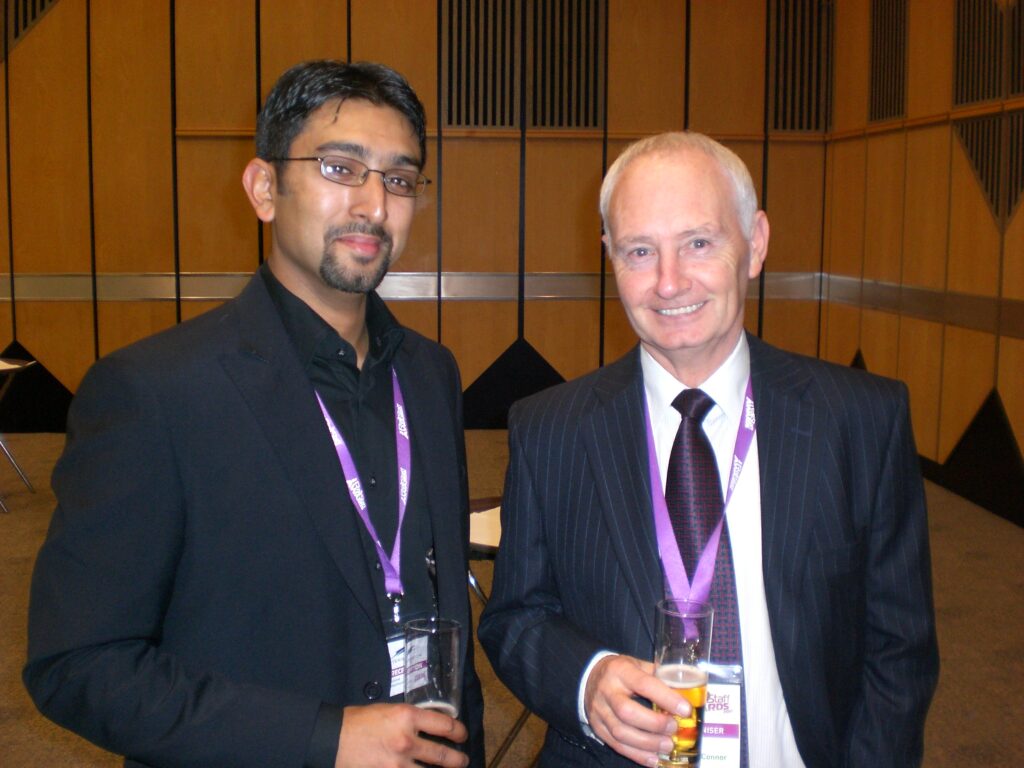It is with profound sorrow that we share the passing of Tom O’Connor, the esteemed founder of Rail Media, on Sunday 14 January 2024. Tom was not just a leader in the rail industry; he was a luminary whose visionary leadership, unwavering dedication, and commitment to excellence have left an indelible mark. His warm and engaging character was a source of inspiration, and his absence will be deeply felt by many.
A rail industry trailblazer
Tom’s legacy in the rail industry is unparalleled. He was more than just a trailblazer; he was a vocal advocate for the industry. His innovative spirit and relentless passion have not only shaped the trajectory of Rail Media but have also influenced the broader rail landscape. As a pioneer, he set new standards for excellence, becoming a beacon of inspiration for all fortunate enough to work alongside him.
A positive force for good

Tom’s impact extended beyond professional achievements. Notably, he spearheaded the creation of the RailStaff Awards, shining a light on those individuals in our industry who often go overlooked. He also established the website RailwayPeople.com, which has helped many individuals across the rail industry find new career opportunities. Tom’s commitment to sustainability, safety, and community engagement has left an enduring impact, embodying his belief that success should be coupled with responsibility. His legacy of corporate responsibility and ethical leadership will continue to guide Rail Media in the years ahead.
As we mourn the loss of a visionary leader and dear friend, let us join together to celebrate Tom’s extraordinary life. His impact on the rail industry and the countless lives he touched will forever be remembered.
A life well lived – Colin Wheeler
I first met and talked with Tom over 20 years ago and his passing after a long illness prompts me to remind railway people about the contribution he made to our railways during a period of over 20 years.
As the dust settled on railway privatisation, I ended up on the payroll of Balfour Beatty Rail as a safety adviser. My memory was full of the progress British Rail had made in reducing track worker fatalities. I was asked to investigate a near miss incident on track and travelled to meet those involved carrying a copy of the latest edition of RailStaff. Those I interviewed were all readers of Railstaff, and appreciated the straight forward writing about the privatised railways. At that time Andy Milne was the editor.
Track Safety Strategy Group
I was involved in the setting up of rail trade associations for training, on track labour supply and plant etc and under Aidan Nelson’s chairmanship became project manager of the Track Safety Strategy Group (TSSG). Its members included, among others, Railtrack, contractors, consultants, and trades union representatives. Back then we were already looking to reduce and eventually outlaw the use of flag and horn lookouts to protect workers from trains when working on track. We sought publicity and an approach was made to Tom. We were looking at warning systems used in Europe and Tom and I agreed that construction industry publication copy was often either naïve or misrepresentative of the situation. The TSSG decided to copy earlier initiatives by producing regular track safety videos to be used by organisations that sponsored and employed people to work on track. A contract was awarded to Four by Three and Graeme Bickerdike’s involvement was substantial in being the main speaker as well as producing the videos.

Rail Engineer
Tom and I were agreed that a good start for the diverging rail industry would be for Tom to launch a monthly magazine “written by rail engineers for rail engineers.” Andy Milne was appointed as editor. I agreed to look after the technical side and persuaded engineers with suitable railway experience of signalling, electrification, track, railway structures, and plant etc., to become ‘engineer writers’. It was also decided that to reflect this ethos the additional railway publication from Tom’s offices in Ashby-de-la-Zouch would be titled “the rail engineer.”
Tom then agreed to become a member of the Permanent Way Institution and we travelled together to Linz in Austria as delegates to what was publicised as their “Very First European Track Engineering Seminar”. It was held on 21-22 October 2004.
Gerhard Polterauer of Plasser and Theurer gave the keynote address and Paul Strange then chairman of the UIC Union de Chemin de Feu track geometry committee spoke about changes to track deficiency rules. Andrew McNaughton completed his year of office and President of the PWI and the chain of office passed to Richard Spoors. This was all reported in the very first edition of the Rail Engineer which was published November 2004. Its editorial welcomed readers, adding “Railtex 2004 is a fitting venue to launch an upbeat monthly magazine devoted to the vibrant field of railway engineering.” Agreed!
A report of a technical seminar held in Nottingham titled ‘Modern Track for Light Rail’ pointed out that the PWI was founded in the city in 1884. Also, the city’s brand new light rail tram system had opened in March 2004. Other rail projects were covered including high output track tamping, whether pocket or palm top computing had a future, signalling innovation opportunities as seen by a signalling engineer, and a look at Northern Ireland railways written by Andy Milne. The first edition still reads well and runs to 30 pages which includes 10 pages of advertisements; it has been free issue ever since it began and continues as a testimony to the foresight and skills of Tom O’Connor for which the industry should be grateful. Long may it continue.

